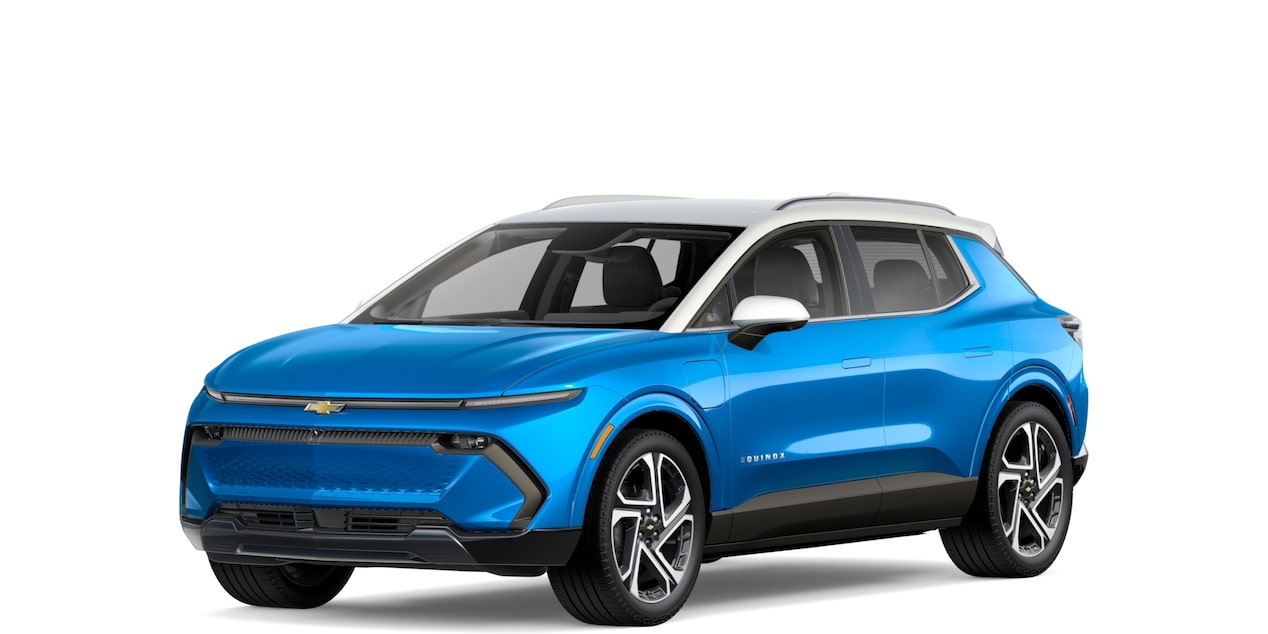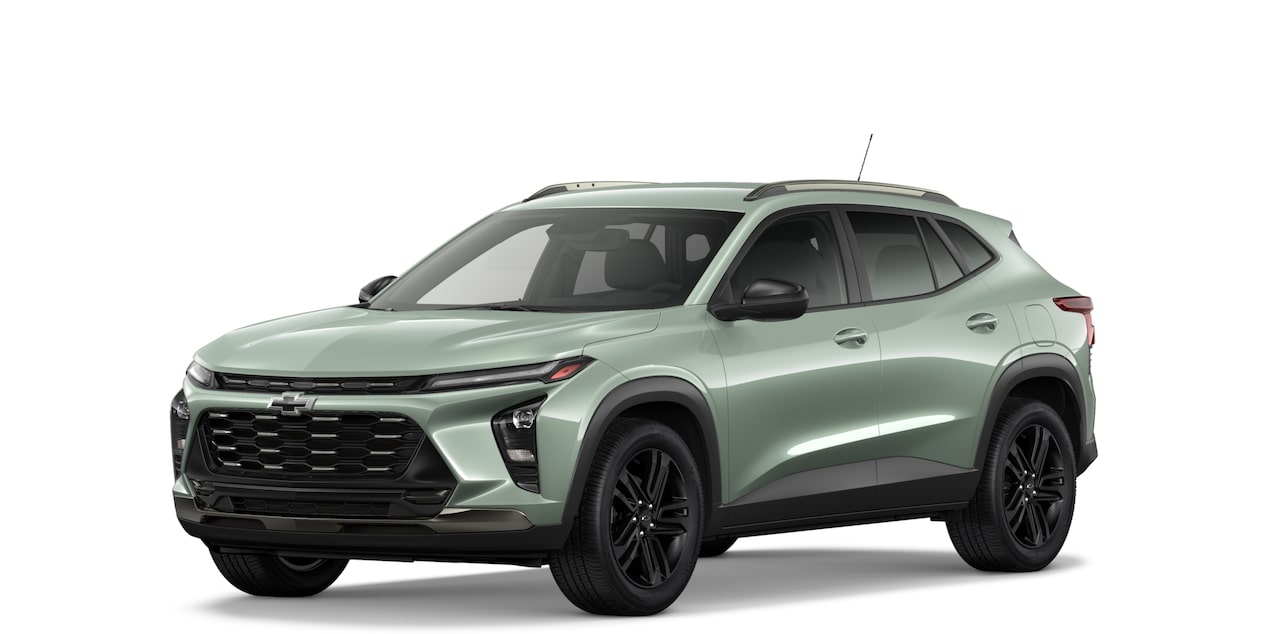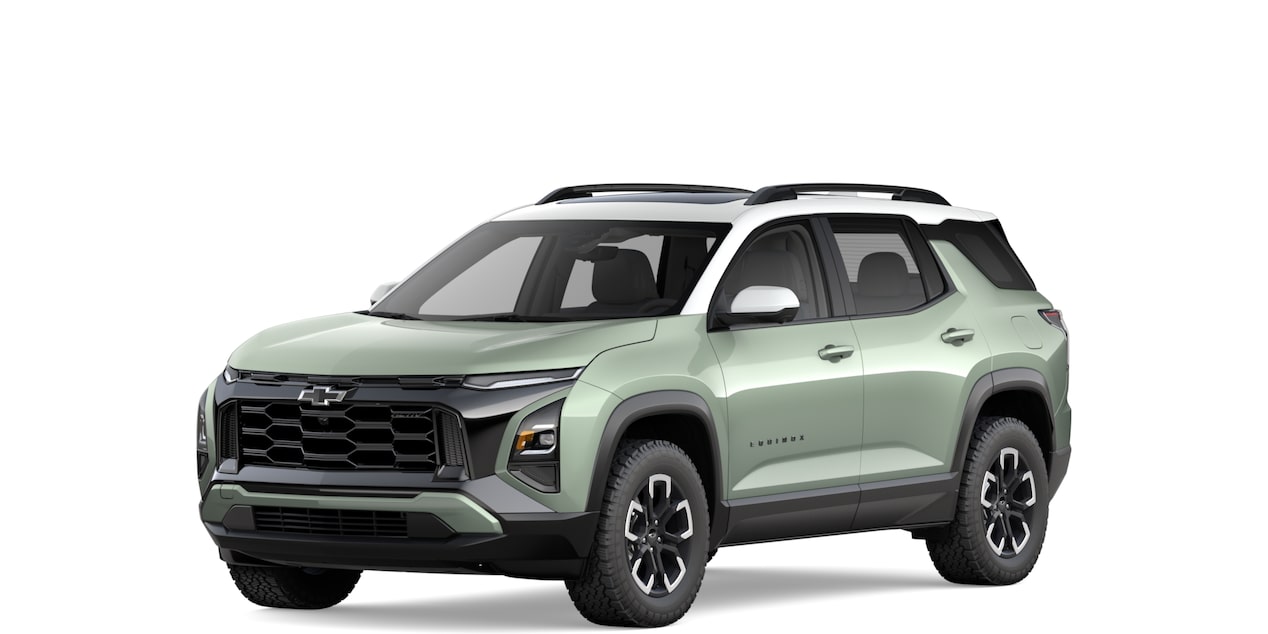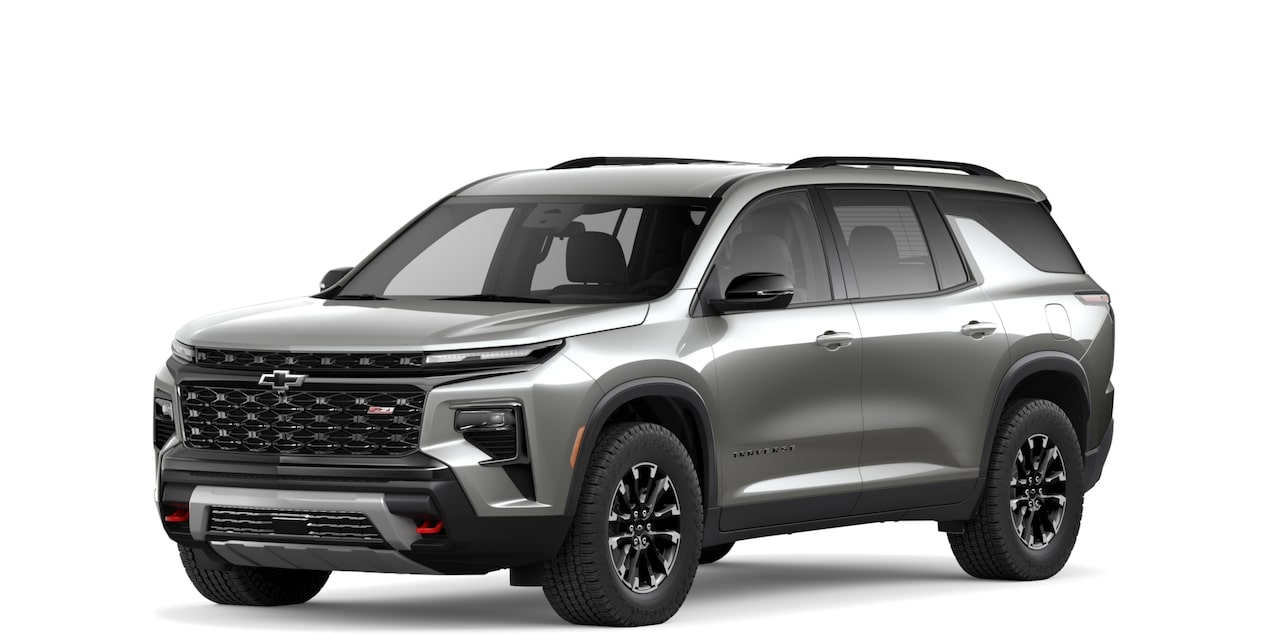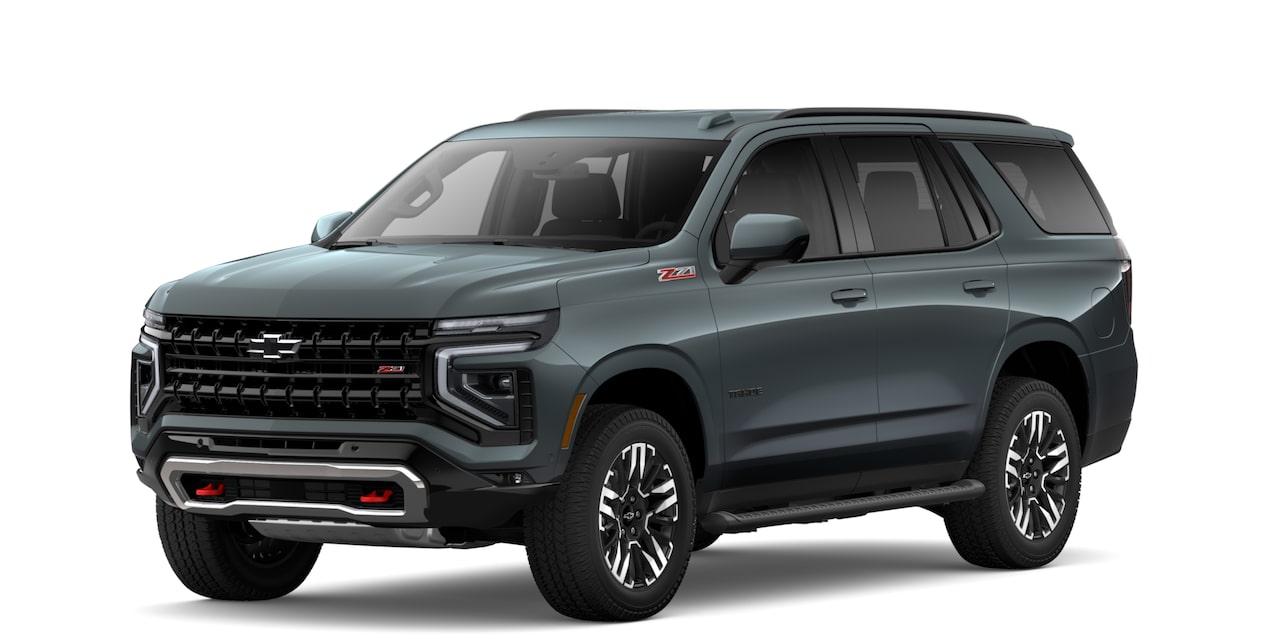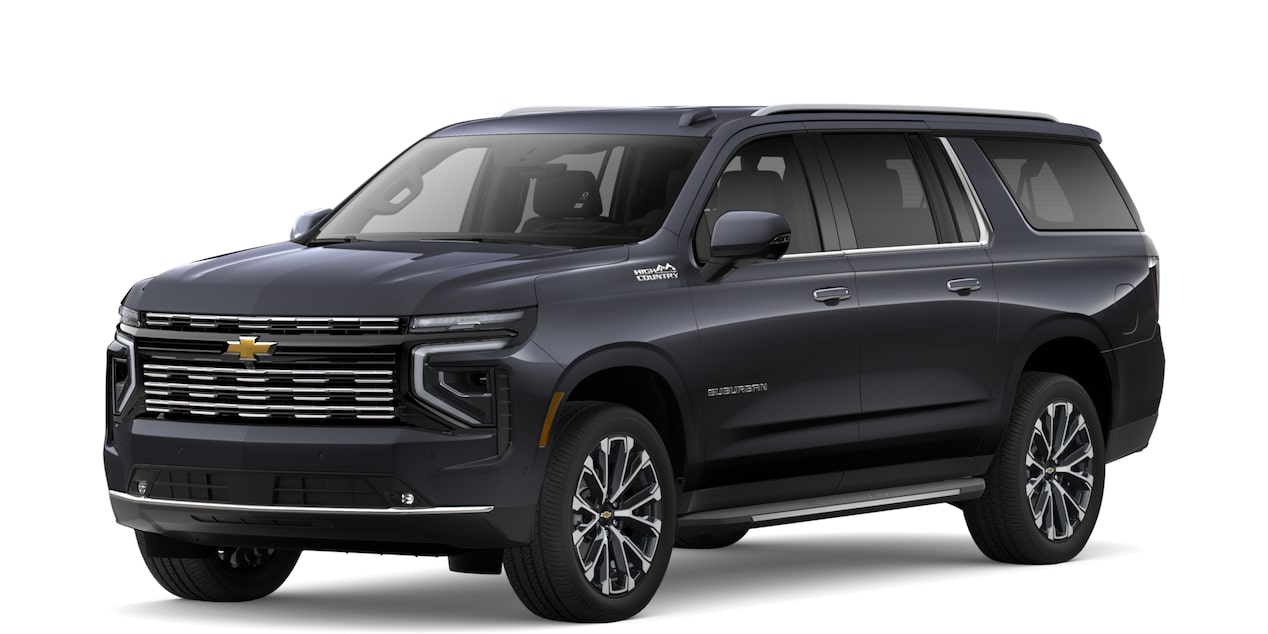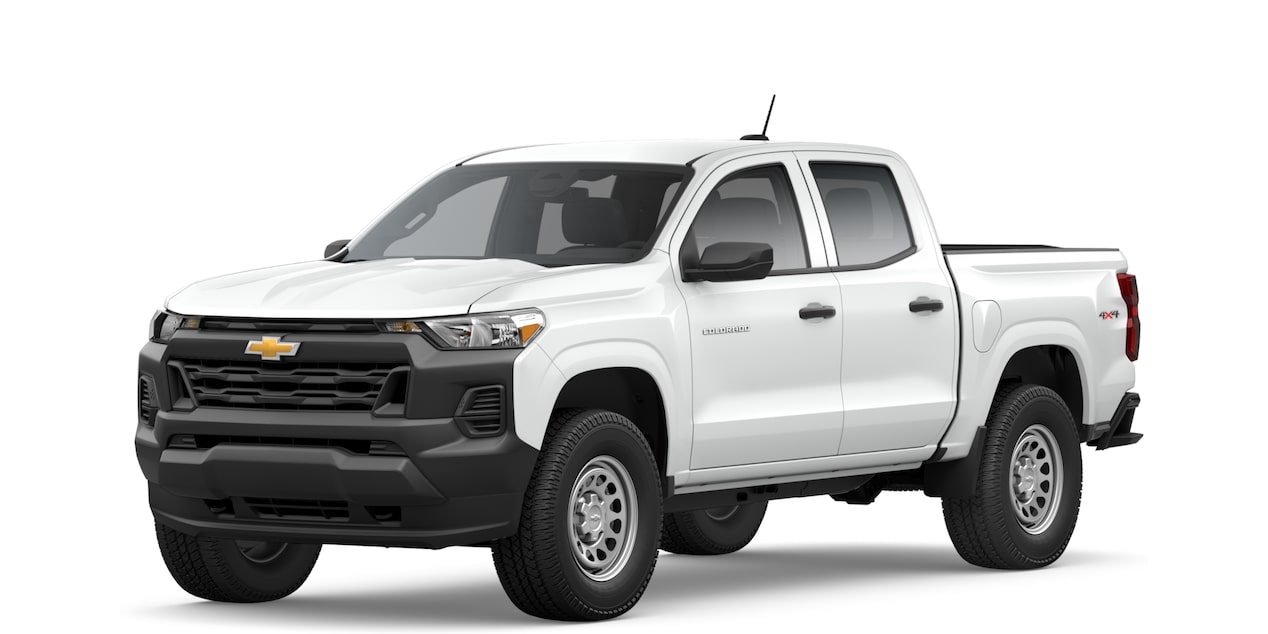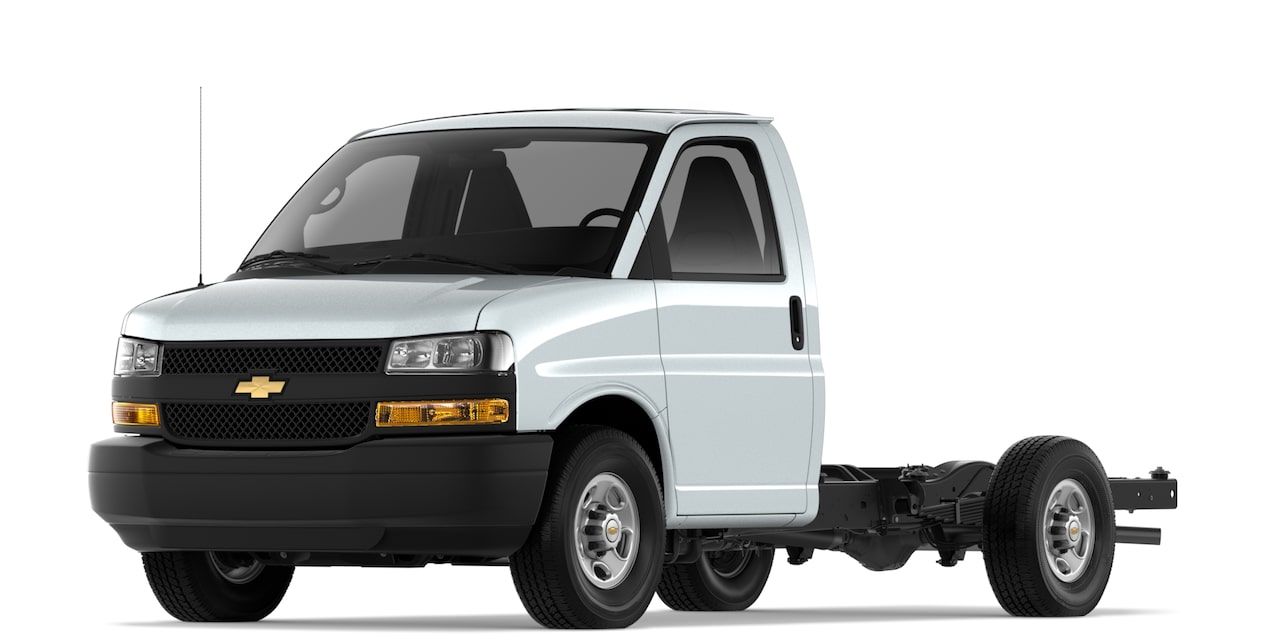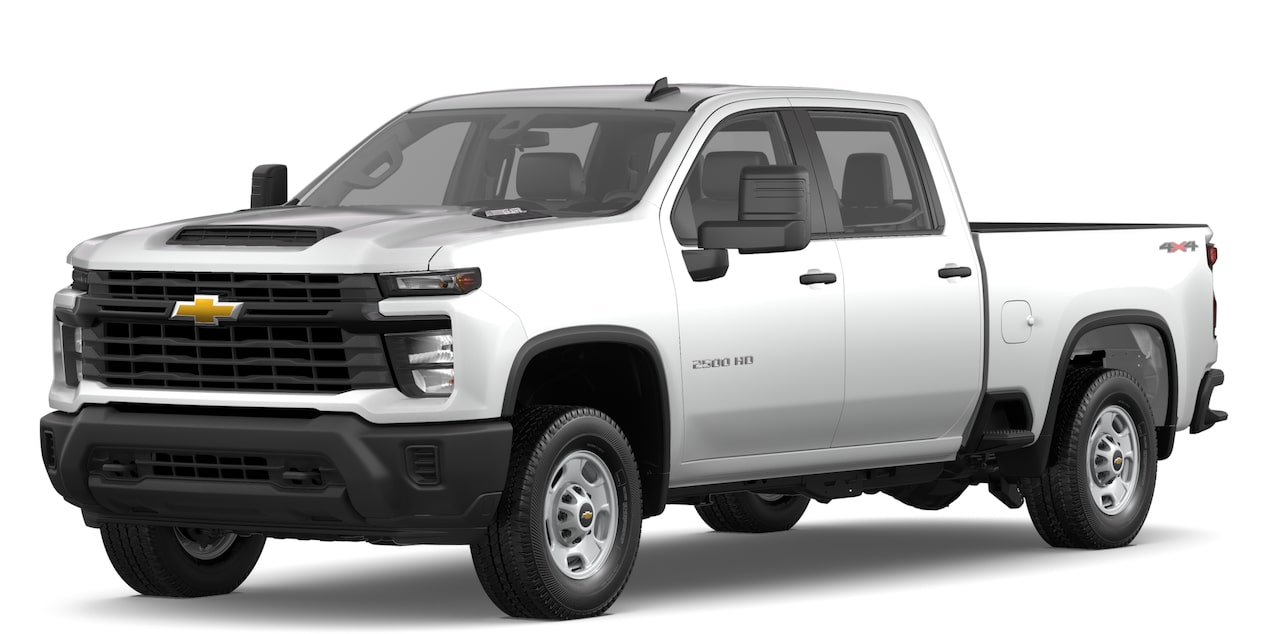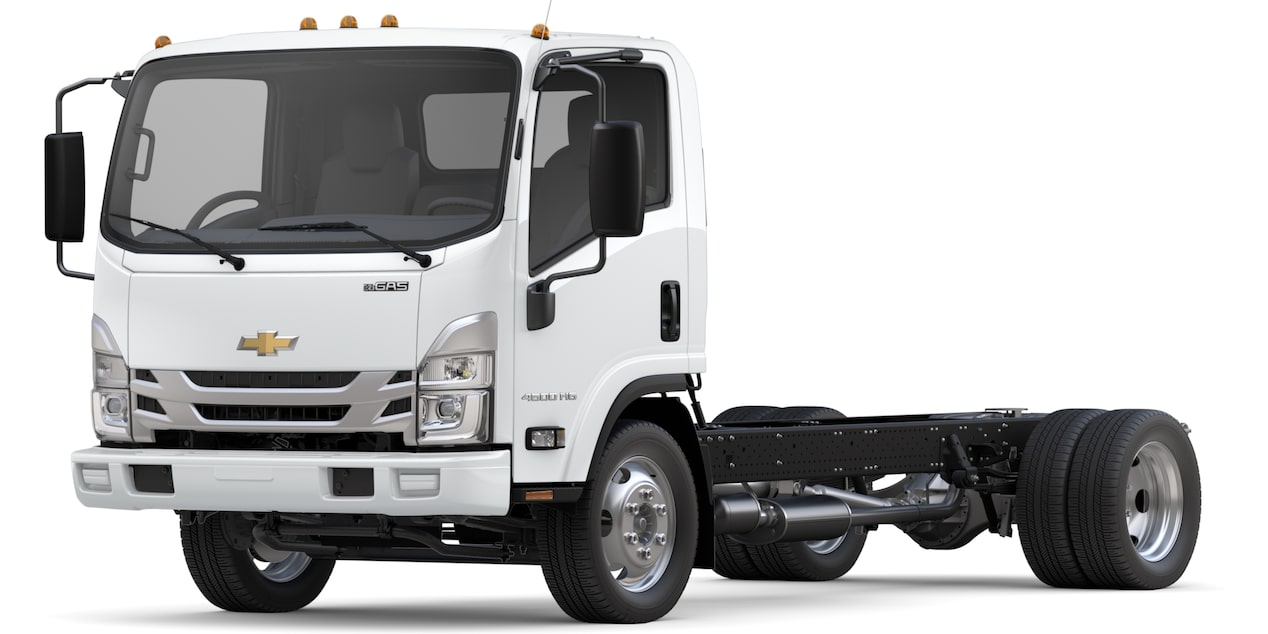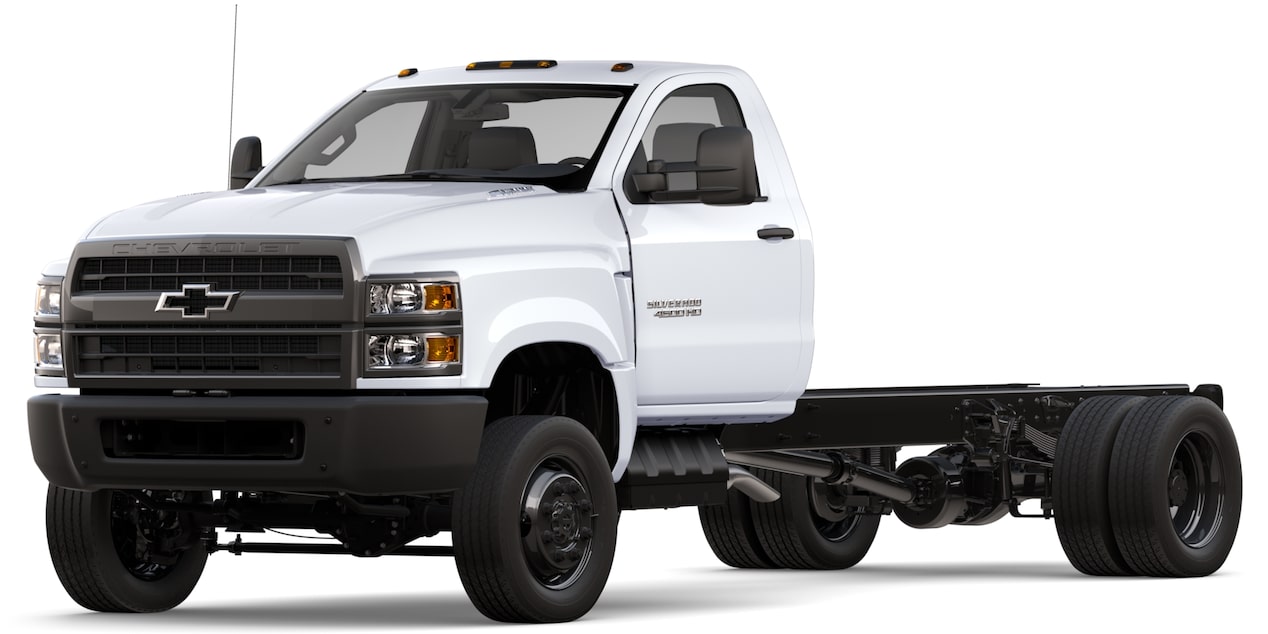How to connect to Android Auto
If your vehicle is compatible with Android
- Make/receive calls
- Navigate with Google Maps™
- Access your media and music apps
- Get hands-free help with Google
Assistant™* - And more
To use Android Auto, you must first connect your phone to your vehicle.
Connect through USB port
- Your vehicle must be parked the first time you connect.
- Using your phone’s cable, connect your phone to the vehicle’s USB data
port* . Ensure you are using the USB cable provided by your phone manufacturer to avoid connectivity issues.
- If Android Auto is not pre-installed on your Android device, download the app on Google Play. Your phone may ask you to download pre-installed apps for Android Auto, like Google Maps, or update to the newest version of the app.
- If Android Auto does not automatically launch, touch the Projection icon or the Android Auto icon on your vehicle’s touchscreen.
- Follow the prompts on your vehicle’s touchscreen and on your phone to start.
- You will be asked to accept Terms before using the feature.
- When Android Auto is active, the touchscreen will show the phone apps that are accessible.
Connect wirelessly
- Make sure your vehicle is parked.
- If Android Auto is not pre-installed on your Android device, download the app on Google Play. Your phone may also ask you to download pre-installed apps for Android Auto, like Google Maps, or update to the newest version of the app.
- Tap the gray Android Auto icon on the center display.
- Pair/connect your phone to the infotainment system using
Bluetooth.*
- Follow the prompts on the screen and on your phone to start.
- You will be asked to accept Terms before using the feature.
On some vehicles, if you plug your phone in via USB, the system will ask if you’d like to allow a wireless connection in the future. If you agree, the next time you go for a drive, your phone will automatically connect wirelessly with Android Auto.
For your security, please don’t include personal info such as phone number, address or credit card details.
Related links and resources
Q&As
Looking for something else?
Need more help?
Communicate with one of our specialists.
To find out if your vehicle has this feature, contact your dealer or refer to your vehicle’s equipment list. Please check your Owner’s Manual for more information about features.

